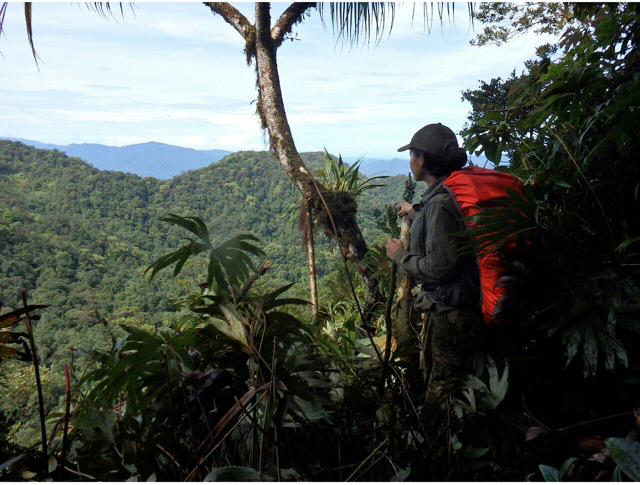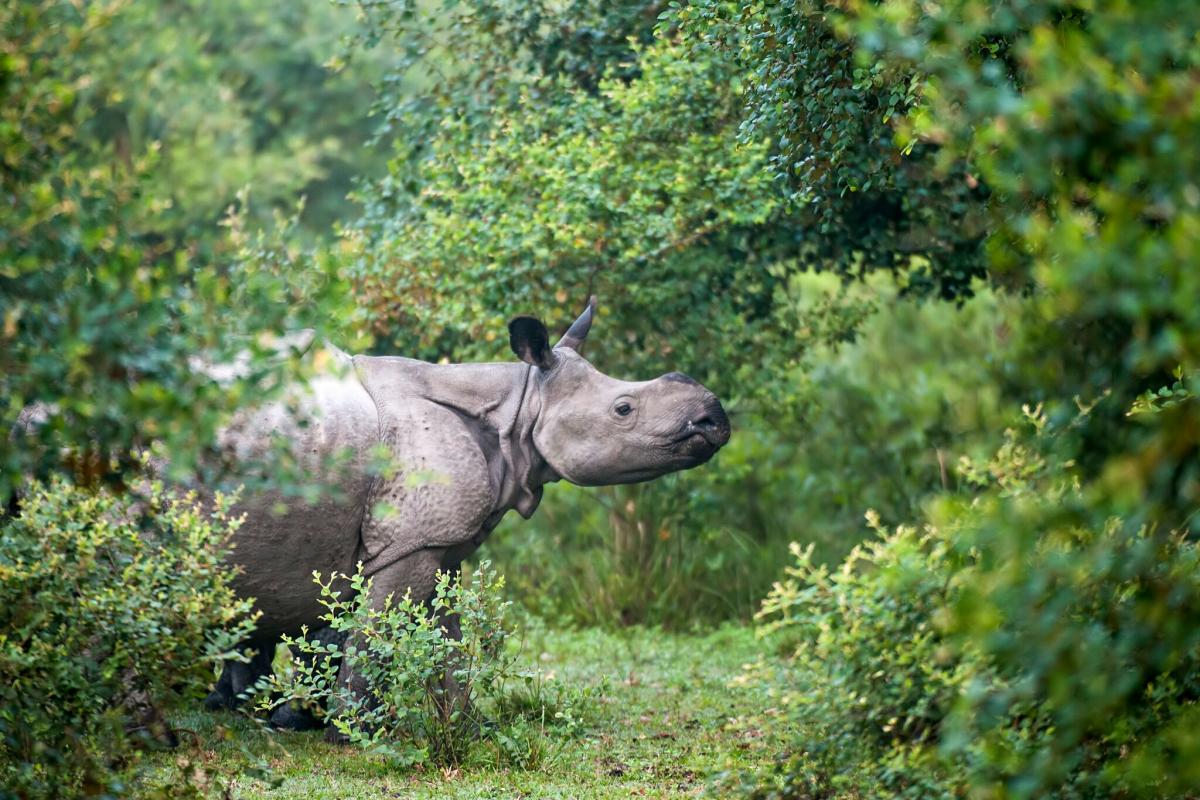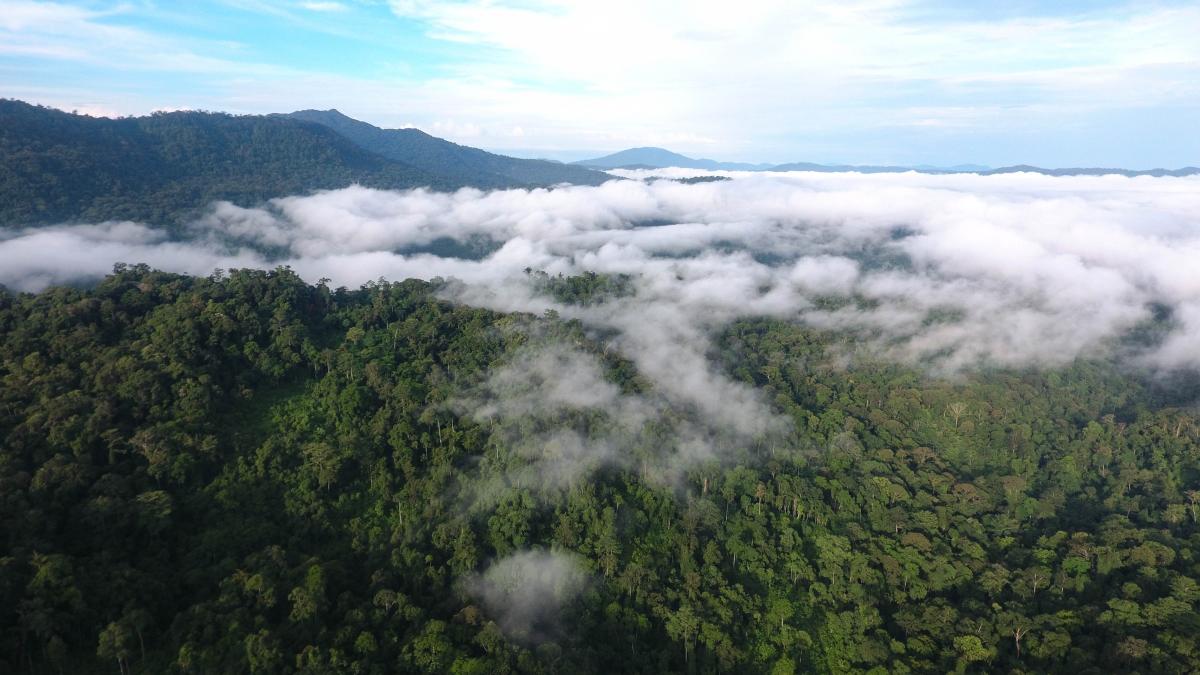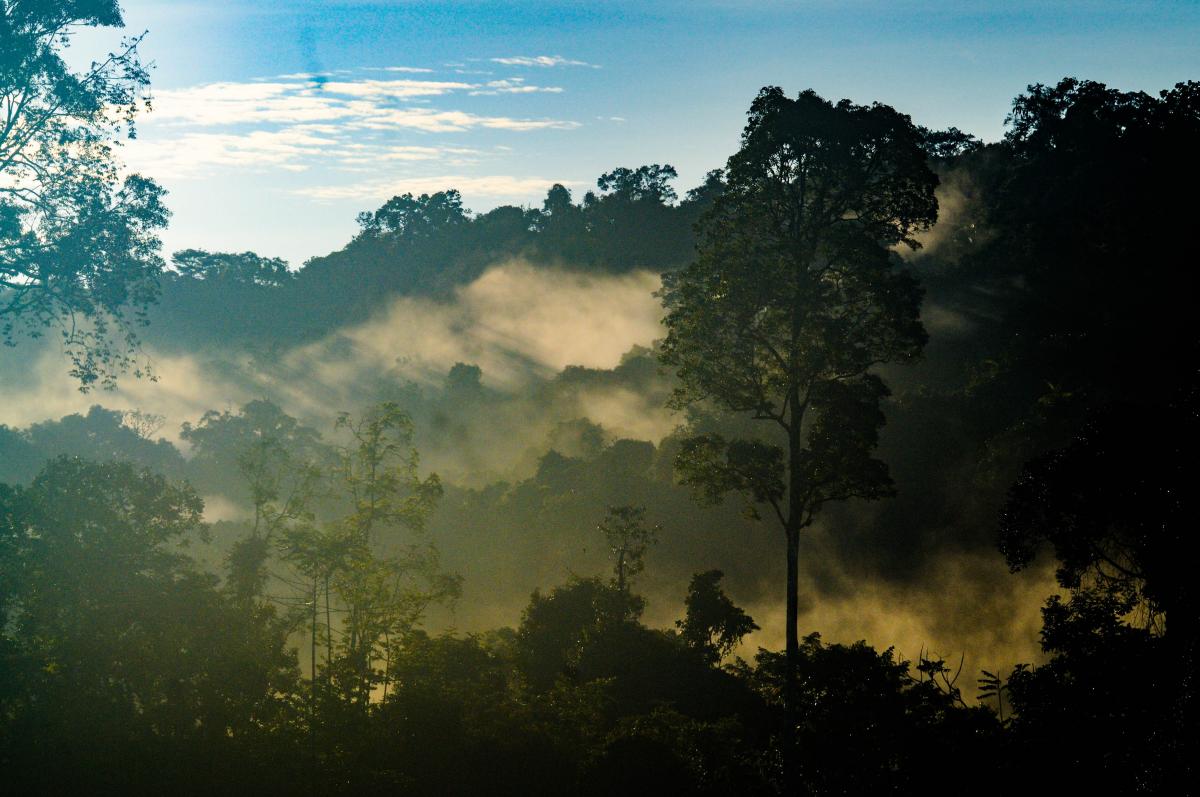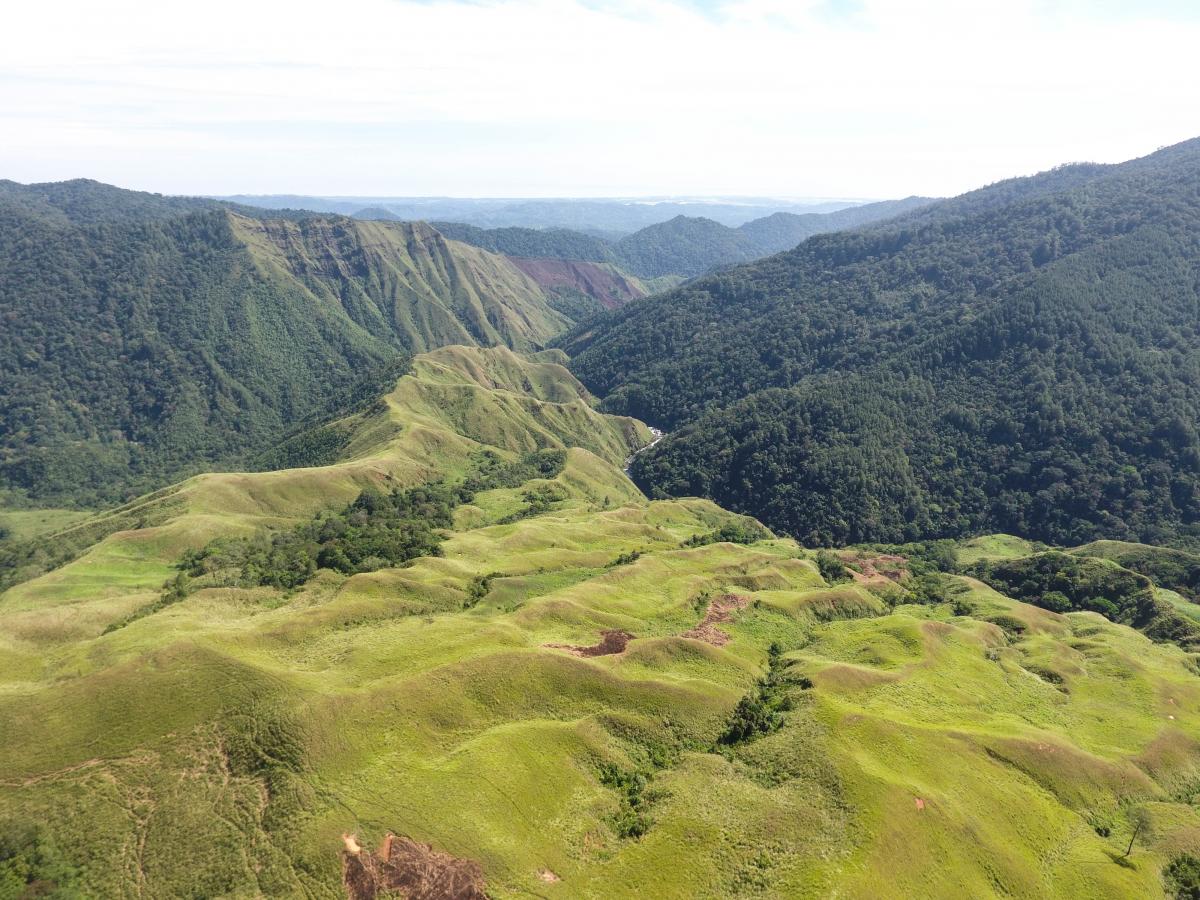For the 2017 International Tiger Day, IUCN Global Director for Biodiversity Conservation Dr Jane Smart speaks about the importance of habitats and landscape scale conservation
Saturday 29th July 2017 is International Tiger Day! I have the pleasure of introducing this third edition of the Integrated Tiger Habitat Conservation Programme’s (ITHCP) newsletter. This edition is of particular interest to me as it focusses on habitat fragmentation, connectivity as well as on pragmatic solutions IUCN and its partners implement to safeguard key tiger habitats across Asia, in particular through our Tiger Programme.
 Photo: Dr Jane Smart
Photo: Dr Jane Smart
Landscape scale and local scale conservation: The ITHCP’s main focus is on landscape scale conservation. Tigers like many large mammals are wide-ranging and require large expenses of land. In order to conserve viable wild populations of the species into the future, conservation by definition requires the effective management of large landscapes that encompass a range of different habitat types and biomes.
However, this does not mean that conservation efforts for tigers are focussed only on this large species. The smaller, more specialized habitat types within these landscapes are also better managed and preserved in the process: the more “forgotten” or “overlooked” species of plants and animals that specialize on particular habitat types or niches are better conserved as a result of tiger conservation efforts.
The benefits of landscape scale conservation to communities: Communities living in and around landscape scale conservation projects are hugely benefited in the longer-term as a result of conservation interventions. When large landscapes are conserved, water catchments are better managed as the movement of water through the landscape is slower and is more likely to replenish water resources. In addition, well-managed vegetation leads to an increase in the pollinators and seed dispersers that regenerate forest resources and agricultural systems. An increased mass of plant material also reduces the likelihood of topsoil loss, reducing the likelihood of landslides, flooding and the silting of rivers. If the landscapes in question are particularly large, they can influence local microclimates and rainfall regimes. In other words well-managed landscapes provide landscape scale ecosystem services that benefit local communities.
The challenges of landscape scale conservation: Although the benefits of landscape scale conservation are clear, working at such scale provides its own unique set of challenges. Throughout Asia where ITHCP focusses, human populations continue to grow and increasingly encroach upon tiger habitat. These growing communities make increasing use of forest resources and land. This often results in habitat for tigers becoming smaller and more fragmented. Some of the tiger range countries are also developing quickly. As a result, the need for large infrastructure such as roads, railways and cities increases. These infrastructure projects also require space, which often leads to even further encroachment of conservation landscapes. Landscapes may also be impacted by other pressures such as industrial scale agricultural products and cash crops; tea, coffee, sugarcane, palm oil and rubber, for which demand is also increasing all the time.
All these pressures mean that wide-ranging large mammals as a result are increasingly hemmed in to smaller areas, and as a result the species are often limited in prey availability, and their ability to disperse sufficiently to ensure adequate gene flow throughout their populations. In order to fulfil their nutritional needs, tigers turn to livestock as an alternative prey source. At the same time, in order to try and disperse, tigers stray away from protected areas and enter villages and agricultural lands. These trends invariably result in increased human wildlife encounters and conflicts with people, livestock and tigers getting killed.
The future of landscape-scale conservation:
In an ideal world, large contiguous areas of tiger habitats would be preserved supporting viable populations within them. Increasingly however, this is no longer possible. Fewer of these areas persist. What we are left with now are increasingly difficult decisions to prioritize our efforts in remaining tiger habitats, with limited resources. In order to have the biggest impact from conservation, we need to act in the most effective way. We need to prioritize those sites where conservation returns are greatest for the investment put into them. These areas need to be identified. A number of global tools exist that enable us to strategically do this. These include:
Having prioritized areas for intervention, we then need to ensure that they are managed to the highest possible standards. A number of tools are available to enable protected area managers to assess how effective their management regimes are.
Perhaps the most innovative developments in recent years is the creation of standards that encompass best practice and allow protected area managers to measure progress in improving management regimes against pre-determined benchmarks. Two standards that are particularly pertinent to landscape scale conservation are:
- CA/TS (Conservation Assured / Tiger Standards): this is a standard made up of criteria that are particularly important to the management of tiger habitats. Currently two sites have achieved this, and they include Sikhote Alin in the Russian Federation and Chitwan National Park in Nepal.
- A more generic standard under development is the Green List of Protected Areas. Like CA/TS, it is made up of a range of different criteria that encompass integrated best practice in protected area governance and management facilitating measurement of impact and positive outcomes for biodiversity.
Both standards are now being developed to be applicable to areas outside of park boundaries. The Indian government for example is currently exploring the possibility of applying CA/TS to areas that are not formally designated Tiger Reserves. This development is important because landscape scale conservation now entails the management of a network of areas which in turn ensures the viable survival of meta-populations that connect to each other through dispersal in corridor areas between conservation habitat patches. Therefore the effective management of these corridors and buffer zones outside of parks is critical to conservation habitat network management.
Hopes and visions
The aim of the Global Tiger Recovery Programme is to increase tiger populations. Given that the human population of most tiger range countries will also grow and the pressures on landscapes will increase this programme is challenging and ambitious. Success will entail significant improvements in habitat management practice at the landscape scale.
Yet, if the challenge can be met, the maintenance of flourishing populations of tigers and all the other species making up the complex web of life that supports this apex predator will result in healthy intact ecosystems providing services that not only support tigers but local communities too.
Of course the inextricable links between habitats, species and people do not end with physical conservation on the ground, but cross into the geopolitical sphere. Governments in Southeast Asia that are hoping to reintroduce tigers will need to restore whole ecosystems in their countries before reintroduction. In this situation, the tiger is a political motivator and driver of long-term habitat management best practices to the benefit of all.
Other videos and articles of this newsletter will take you into innovative solutions that IUCN Tiger Programme is funding to safeguard critical ecosystems in Asia: from working with oil palm companies and authorities in Southern Myanmar, providing women of Karnataka with cooking devices to avoid deforestation, creating partnerships with tea plantation owners in the Indo-Burmese border, setting up tiger-friendly road segments in South India to looking at 4000m high altitude wildlife corridors in Bhutan.
Written by Dr Jane Smart, Global Director, IUCN Biodiversity Conservation Group
